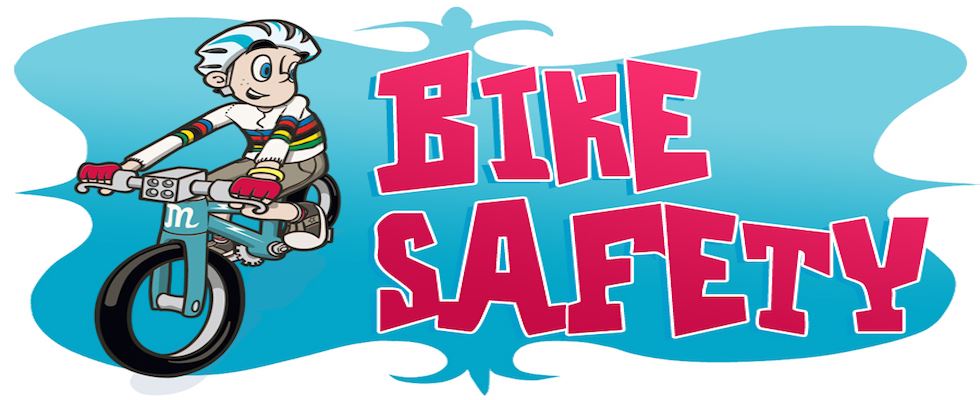Every time I see an adult on a bicycle,
I no longer despair for the future of
the human race.
~ H. G. Wells
On a recent Saturday I was fortunate enough to take the Bike Skills 101 class offered through Western Wheelers and taught by Lorri Lown of Savvy Bike. One of the many great skills she taught was the emergency stop. It’s much better learned through seeing and doing, but I’ll describe it here.
The emergency stop begins with your hands on the drops so you can apply more leverage on the brake levers and be in a lower position. When the need for a fast stop occurs, you put your pedals to a neutral level position (one front one back), push your butt way back, optimally behind your saddle, and brake hard with both brake levers. You should instinctively know which brake lever is your front and which is your rear, but you use both to brake. Your front brake is providing most of the braking power, while your rear brake acts as a stabilizer.
It will be next to impossible to think this through in an emergency situation, so the key is to practice, practice, practice. Lorri had us ride around a building with an empty parking lot and practice this stopping maneuver repeatedly, coming close to a complete stop before peddling again. We must have done at least twenty iterations of the stop during this drill. One needs to practice this maneuver until it becomes instinctual and automatic.
The YouTube video Emergency stops on the bike gives a description and demonstration of the stop as well as mentions several of the related tips that Lorri emphasized in her excellent class.



